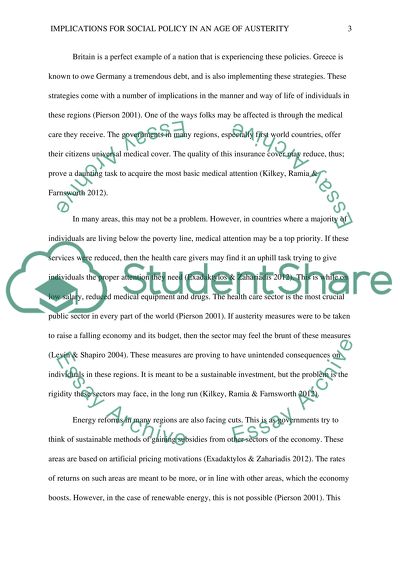Cite this document
(Implications for Social Policy in an Age of Austerity Coursework, n.d.)
Implications for Social Policy in an Age of Austerity Coursework. Retrieved from https://studentshare.org/politics/1612179-what-are-the-implications-for-social-policy-in-an-age-of-austerity
Implications for Social Policy in an Age of Austerity Coursework. Retrieved from https://studentshare.org/politics/1612179-what-are-the-implications-for-social-policy-in-an-age-of-austerity
(Implications for Social Policy in an Age of Austerity Coursework)
Implications for Social Policy in an Age of Austerity Coursework. https://studentshare.org/politics/1612179-what-are-the-implications-for-social-policy-in-an-age-of-austerity.
Implications for Social Policy in an Age of Austerity Coursework. https://studentshare.org/politics/1612179-what-are-the-implications-for-social-policy-in-an-age-of-austerity.
“Implications for Social Policy in an Age of Austerity Coursework”. https://studentshare.org/politics/1612179-what-are-the-implications-for-social-policy-in-an-age-of-austerity.


